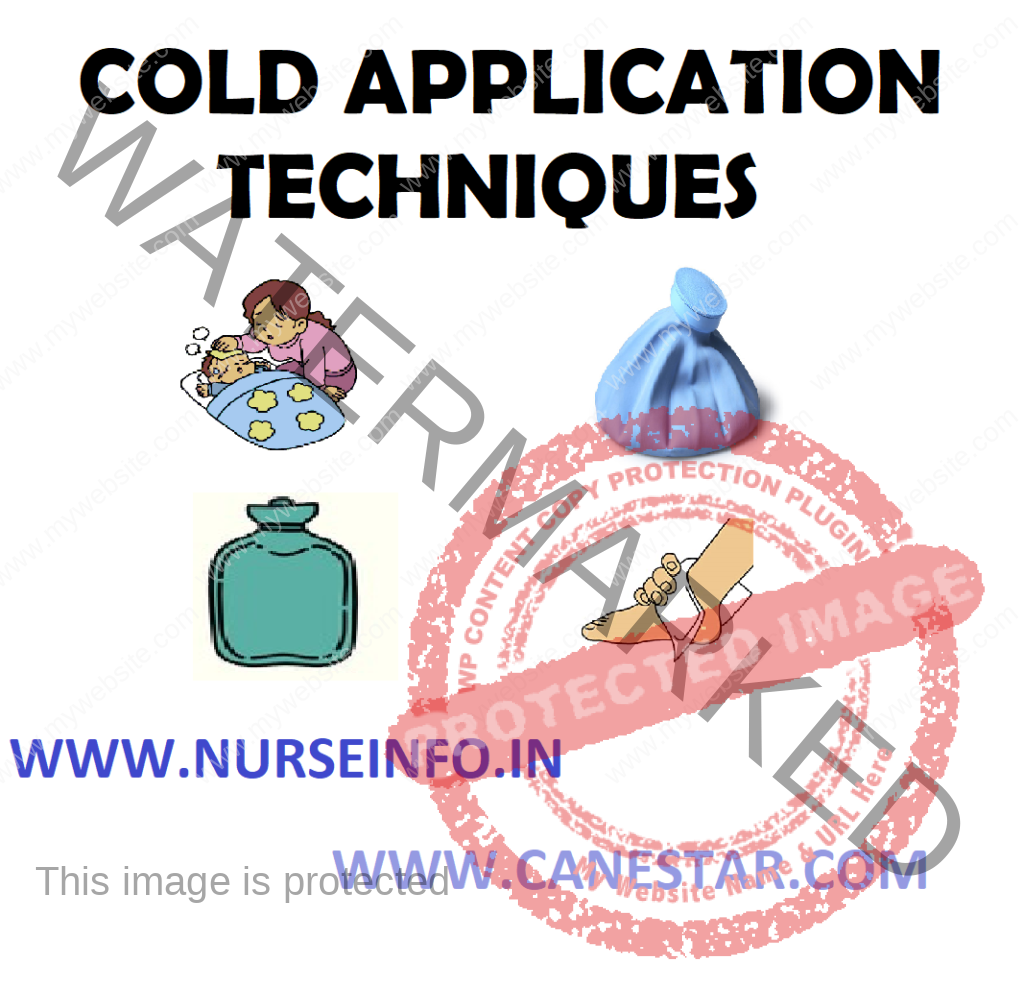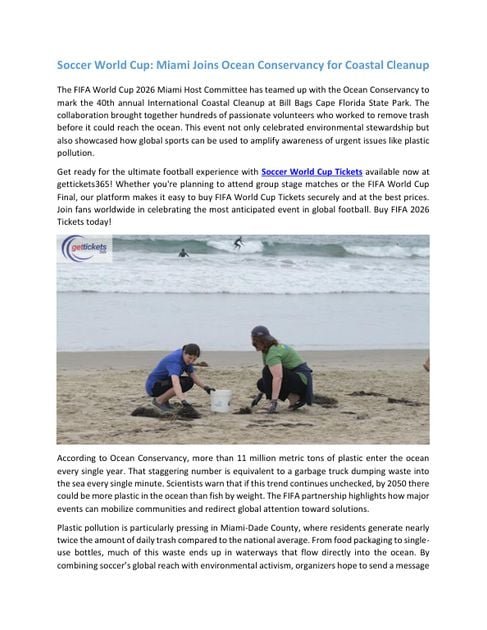Nursing Procedure – COLD APPLICATION (Definition, Purpose, Classification, Physiological Effects, Principle, Contraindications, Complication and General Instructions)

UPDATED 2024
Cold
application is more effective than heat for sprains or other soft tissue
injuries and is the preferred treatment within the first 48 hours after injury.
Cold is applied to prevent swelling (edema); however, cold application usually
will not reduce edema that is already present. Methods of cold application
include the use of a compress, icecap, ice collar, ice pack, sponge bath, and
hypothermia (cooling) blanket.

DEFINITION
Cold
application means the application of an agent cooler than the skin. Cold
application is also either moist or dry.

PURPOSE
- Cold relieves pain
- To prevent gangrene
- To prevent inflammation
- To prevent edema
- To arrest bleeding
- To decrease the elevated baby
temperature - To anesthetize an area
- To decrease metabolic rate of the body
- To provide comfort
CLASSIFICATION
Local Cold
Application
- Dry cold: ice bag, ice collar, ice
pack (poultice), chemical, cold packs and ice cradle - Moist cold: applications are ice to
suck, cold compress and evaporating lotion
General Cold
Applications
- Moist cold: cold sponging, cold bath,
cold packs - Dry cold: hypothermia
PHYSIOLOGICAL EFFECTS
Cold
Application: Primary Effects
- Peripheral vasoconstriction
- Decreased capillary permeability
- Decreased local metabolism
- Decreased oxygen consumption
- Blood flow is decreased
- Blood viscosity is increased
- Lymph flow is decreased
- Motility of leukocytes is decreased
- Muscle tone is decreased
Secondary
Effects
The primary effect of cold application may last only for 30 minutes to one hour, after this time, a recovery time of one hour must be allowed or secondary effects (vasodilatation) will take place.

CONTRAINDICATIONS
- Cold should not be applied on
patients who are in a state of shock and collapse - Cold should not be applied when there
is edema - Cold should not be applied when there
is muscle spasm - Cold should not be applied in
diseases or disorders associated with impaired circulation - Cold should not be applied when there
is decreased sensation - Cold should not be applied when there
is infected wound - Cold should not be applied when the
patient is having shivering or having a very low temperature
PRINCIPLES INVOLVED
- Cold causes construction of blood
vessels and decrease the blood supply to the area - Cold decreases metabolism and the
cell activity or growth - The end organs of the sensory nerves
in the skin convey the sensation of cold; the sensations are interpreted in the
brain - Woolen materials absorb moisture
slowly, but hold moisture longer and colds off less quickly than the cotton
materials - Moisture left on the skin causes
rapid cooling due to evaporation of the moisture - Prolonged exposure to moisture
increases the skins susceptibility to maceration and skin breakdown
COMPLICATIONS
- Pain
- Blisters and skin breakdown
- Maceration (with moist cold)
- Gray-bluish discoloration
- Thrombus formation
- Hypothermia
GENERAL INSTRUCTIONS
- In hyperpyrexia, the temperature of the body should be bought gradually and steadily. Sudden cooling is dangerous to the patient
- Protect the patient from getting chills, a shivering can raise the temperature, it also allows a patient to catch a cold
- After the procedure, dry the part gently by patting and not by rubbing by removing the moisture, thereby, in prevent maceration of the skin and further cooling by evaporation
- Maintain the correct temperature for the entire duration of the application
- Never ignore the complaints of a patient, however, small they appear to be.

NURSING PROCEDURES LIST CLICK HERE
NURSING IMPORTANT QUESTIONS – CLICK HERE
Discover more from Bibliobazar Digi Books
Subscribe to get the latest posts sent to your email.



